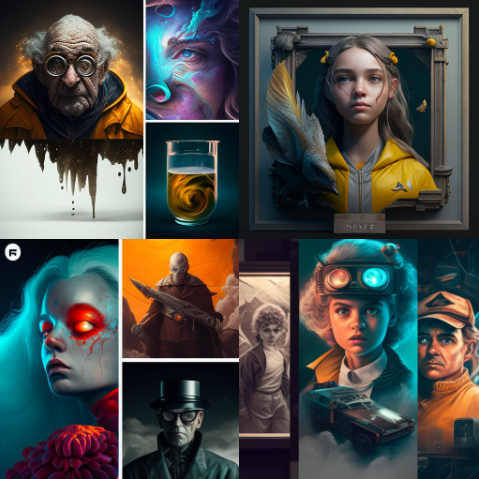Exploring the World of NFT Art and Gaming: The Future of Digital Collectibles

One of the biggest advantages of NFTs is that they allow for true ownership of digital art. In the past, digital art was often considered less valuable because it could be easily replicated and shared without any real sense of ownership. With NFTs, each piece of digital art is unique and can be tracked on the blockchain, allowing for true ownership and scarcity. This has led to a surge in the value of digital art, with some pieces selling for millions of dollars.
The gaming industry has also been impacted by the rise of NFTs. Many games now have in-game items that can be purchased as NFTs, allowing players to truly own their virtual assets. This has led to a whole new market for digital collectibles and has opened up new revenue streams for game developers.
Another major benefit of NFTs is the ability to use them in virtual reality (VR) and augmented reality (AR) experiences. NFTs can be used to create truly immersive worlds where players can interact with and own digital assets in a way that was previously not possible. VR and AR are also being used to enhance the way NFTs are experienced and appreciated by users.
The emergence of NFTs has also led to the rise of new platforms and marketplaces for digital art and collectibles. Platforms like SuperRare, Rarible, and OpenSea have become popular destinations for buying and selling NFTs. This has opened up new opportunities for artists and creators to monetize their work in a way that was previously not possible.
Despite the many benefits of NFTs, there are still challenges to overcome. One of the biggest challenges is the lack of regulation and standardization in the industry. There are also concerns about the environmental impact of the blockchain technology used to track NFTs.
In conclusion, NFTs are revolutionizing the world of digital art and gaming. They are allowing for true ownership and scarcity of digital assets, and are opening up new revenue streams for artists, creators, and game developers. While there are still challenges to overcome, the future of NFTs looks bright and it will be interesting to see how they continue to shape the digital collectibles industry.